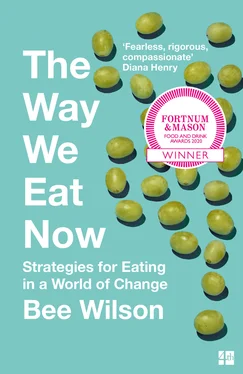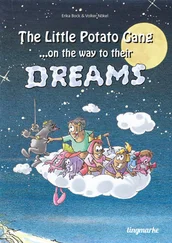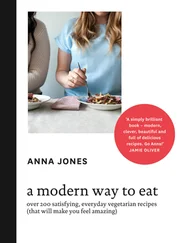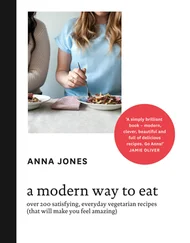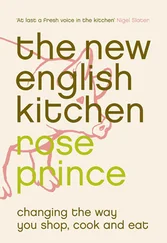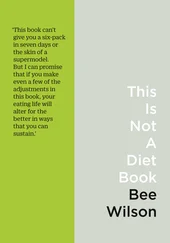The great question held out by stage four is whether it is possible to enjoy the advantages of modern eating without the downsides. The post-war food system succeeded in delivering a vast surplus of calories. What it has not delivered thus far – at least not in most countries – is food for the masses that won’t make people unwell.
Experts in development studies talk about ‘bending the curve’ of the nutrition transition, meaning changing its direction to a healthier pattern of eating. In an ideal world, we would be able to enjoy the convenience, variety and pleasure of modern food without the chronic illness that so often seems to be its corollary. Can the curve be bent away from junk food and towards vegetables? If so, where has this ever happened?
One country – South Korea – comes up again and again when we consider these questions. South Korea managed to pass from stage three to stage four of the nutrition transition in lightning time without experiencing anything like the same consequences of a changing diet seen in Brazil and Mexico and South Africa. Almost alone in the world, South Korea bent the curve.
From the early 1960s to the mid-1990s, the South Korean economy was completely transformed. Between 1962 and 1996, per capita GNP increased an astonishing seventeenfold. Meanwhile, life expectancy had increased from 52.4 for Korean males in 1960 to 82.16 in 2015. As elsewhere, this growing wealth went along with demographic changes, as populations rapidly moved away from the countryside and into cities. South Koreans acquired TVs and microwaves and electric rice cookers. In 1988, the city of Seoul hosted the Olympic Games and became exposed to international influences as never before.
As we might expect, these economic and social changes went along with huge adjustments to the South Korean diet. Household food consumption surveys suggest that Korean meat eating increased tenfold between 1969 and 1995 – not exactly a trivial change. Previously, a dish such as spicy bulgogi – made from shredded beef marinated in soy sauce and sesame oil – might have been a special meal. Now, with rising incomes and falling food prices, it was an everyday midweek supper for middle-class families. Meanwhile, the consumption of cereals (majoring on rice) plummeted from 558 grams per person in 1969 to 308 grams in 1995.
Given how rapidly South Korea moved from poverty to wealth and became exposed to new world markets, you would expect the country to have moved equally rapidly to an obesogenic diet high in sugar, new fats and packaged foods. But compared to people in other rapidly developing nations, Koreans retained their traditional diet to a much greater extent. When researchers examined the data for South Korea from the 1960s to the 1990s, they were startled to find that South Korean fat consumption was still reletively low. In 1996, the typical South Korean ate less fat than the average Chinese person, even though the GNP of South Korea was at that time fourteen times higher than China’s. 58Meanwhile, levels of obesity in South Korea were also markedly lower than would have been expected from the nation’s level of economic development. As of 1998, just 1.7 per cent of men and 3 per cent of women in South Korea were obese. 59
The area where South Korea bends the curve most of all is in vegetable consumption. In 1969, the average South Korean ate 271 grams of vegetables, fresh and processed, every day. In 1995, despite all the other changes to Korean society – from the strange vogue for bubble tea to the invention of K-pop, a fusion of Western and Asian pop music – the amount of vegetables Koreans ate had actually gone up slightly, to 286 grams. The city-dwelling Koreans of the 1990s led completely different lives from Korean villagers in the 1950s, yet they continued to eat their greens. The example of Korea shows that it is possible to be a modern person who is not disgusted by cabbage. 60
How did South Korea manage to retain its vegetable-eating ways, despite all the other transformations and pressures of modern life? Part of the explanation is cultural. South Koreans see vegetables as something delicious rather than merely healthy, as we all too often see them in the West. Koreans enjoy a greater variety of flavoursome vegetables than most eaters in other countries, from bean sprouts to spinach. In rural Korea, it has been estimated that as many as three hundred different vegetables are eaten, each prized for its distinctive flavour and texture. King of all vegetable dishes in Korea is kimchi, a kind of fermented and highly spiced cabbage, which is not just a condiment but a staple food, the most consumed single item in the diet after rice, as of 2002. 61
If Korea was helped by its vegetable-loving food culture, it also benefited from a range of government initiatives which consciously set out to soften the blow of the nutrition transition. In contrast to other developing countries, South Korea made a more concerted effort to protect its own cooking against the new globalised diet. From the 1980s onwards the Rural Living Science Institute trained thousands of workers to provide free cooking workshops educating families in how to make traditional dishes such as steamed rice, fermented soybean foods and kimchi. 62In addition, there were mass media campaigns to promote local foods, with TV programmes emphasising the higher quality of local food and the benefits of supporting home-grown produce and local farmers. When most children in the 1980s switched on the TV, they would be greeted by adverts for sweets and treats, fizzy drinks and cereals. When Korean children watched TV, they might instead be fed with government-endorsed messages on the benefits of locally grown food. 63
Fast forward to the present day, and the average South Korean diet is no longer quite as healthy as it was in the 1990s. When Popkin returned to look again at the data on Korean diets in 2009, he found that consumption of both alcohol and soft drinks was on the rise. From the late 1990s to 2009, the Korean government put a decade of effort into promoting the consumption of wholegrains, yet the average person only ate around sixteen calories more of wholegrains than before. The message this time was less effective. The prevalence of obesity, diabetes and heart disease in South Korea were also much higher in 2009 than ten years earlier. 64
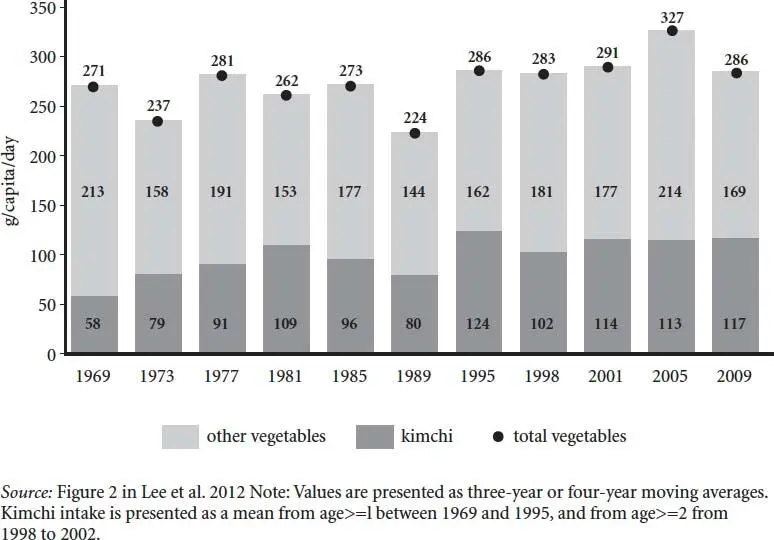
Vegetable consumption in Republic of Korea, 1969–2009, grams per person per day.
Yet Koreans still eat far more vegetables than people in most other wealthy countries and kimchi is as popular as it has ever been. This is all the more remarkable considering that the price of cabbage – the main ingredient in kimchi – rose by 60 per cent between the 1970s and 2009. The average South Korean diet might not be perfect – what human diet ever has been? – but South Korea remains as remarkable proof that it is possible to attain some kind of golden midway point between the wholesome but too-scarce diets of the past and the plentiful but unhealthy diets of the present. 65
What South Korea shows is that the curve of the nutrition transition can be bent, at least slightly, with the right interventions from government. This offers hope to the developing countries of sub-Saharan Africa. Perhaps they, too, will be able to retain the best aspects of their vegetable-centric and varied diets while enjoying lives of greater comfort, wealth and ease.
At the time of writing, however, it is doubtful whether the governments of other developing countries will follow the South Korean route in actively trying to fight the onslaught of packaged foods. The more common approach seems to be for governments not so much to fight the nutrition transition but to try to make it curve faster, to gain from the profits of multinational food companies.
Читать дальше
